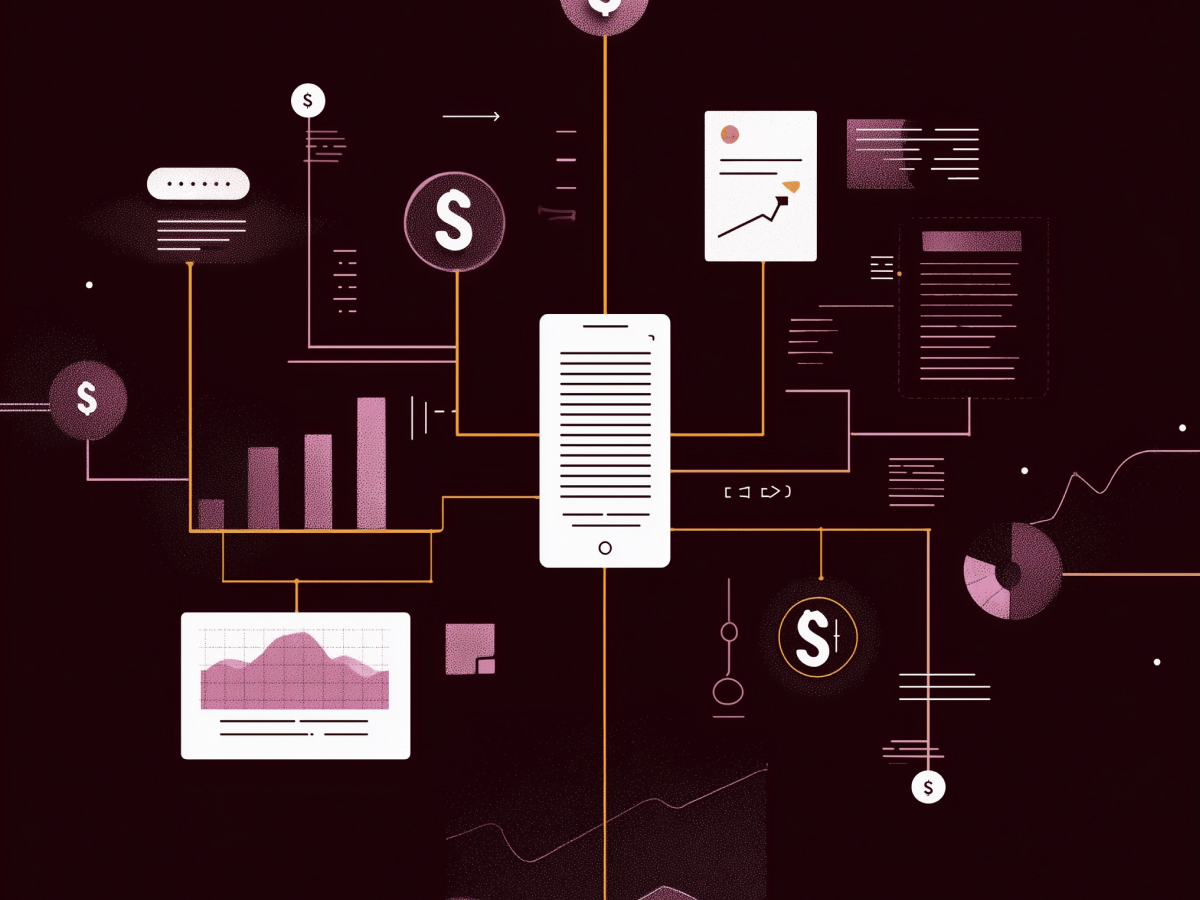Challenges to innovation in actuarial science
Let’s face it: actuaries are stuck. Two hurdles are holding back a profession that thrives on precision, efficiency, and insight, outdated systems and myths that make modernization seem impossible.
The first hurdle is the belief that better solutions don’t exist. Actuarial technology, for the most part, hasn’t kept pace with the lightning-speed advancements seen in other industries. While AI is delivering instant, actionable insights and open-source tools like Python are improving data analytics, actuaries remain tethered to manual processes and “black-box” systems. These legacy platforms actively slow down progress, forcing actuaries to waste time waiting for model runs or performing repetitive work.
The second challenge is the misconception that upgrading or migrating systems comes with unacceptable risks. Legacy software providers, keen to maintain their lock on the market, fuel this myth. “It’ll take years,” they say. “Too much disruption. Too much risk.” But that’s simply untrue. Modern tools, from AI-driven migration systems to smart APIs, have shredded that argument. Transition timelines are no longer measured in years or even months. Today, actuaries can migrate models and workflows in a matter of weeks, without grinding operations to a halt.
Technology is ready, but the mindset needs to shift. The idea that “this is just how it is” is one of the biggest barriers to innovation. For actuaries to succeed in a world demanding smarter, faster, and more competitive products, these hurdles must be dismantled.
The impact of legacy platforms on actuarial potential
Here’s a hard truth: actuarial potential is being stifled by outdated tools and systems. The very people tasked with solving complex financial puzzles are being held back by clunky, inefficient technology.
Across industries, data professionals are thriving with tools like Python, real-time analytics, and AI-powered automation. Innovations deliver faster insights, better accuracy, and agility that the markets demand. Meanwhile, actuaries are stuck doing yesterday’s work, using yesterday’s tools. Manual processes and slow systems leave little room for creativity or strategy. The question is simple: Why is a profession as vital as actuarial science still waiting for models to run while other industries solve problems in seconds?
The answer lies with legacy software providers. They’ve convinced actuaries that “better” isn’t an option. Whether out of complacency or fear of losing control, these providers have become gatekeepers, blocking progress and perpetuating inefficiency. This mindset widens the gap between where they are and where they could be.
If this doesn’t change, the actuarial profession risks falling further behind as other data-driven industries move forward. Modern tools exist. The opportunity to innovate is here. The question is whether actuaries will seize it, or stick to the outdated systems that keep them tethered to the past.
Overcoming the perception of complex and risky migration
Let’s kill this myth once and for all: migrating to new actuarial systems is not an impossible, years-long project. That’s an outdated belief, and it’s time to move on.
Modern technology has simplified system migrations to an unprecedented degree. AI tools, smarter APIs, and modular strategies mean the days of total-system overhauls are over. Actuaries can migrate models piece by piece, minimizing friction and maintaining business continuity.
Migration timelines have also been slashed. What once took years can now be done in weeks. Advanced tools automate much of the heavy lifting, transferring models quickly, accurately, and securely. This means actuaries can start experimenting with modern features, faster model runs, real-time analytics, integrated workflows, without waiting for an entire system overhaul.
The key here is incremental progress. Migrating doesn’t mean hitting “pause” on operations or accepting disruption. It means identifying where improvements can be made, implementing them strategically, and scaling up as needed. It’s a smarter, smoother process, one that gives actuaries immediate wins while laying the groundwork for larger transformation.
The need for flexible and scalable actuarial platforms
Actuaries don’t need “just another tool.” They need platforms that can evolve alongside their work, providing flexibility and power to solve problems.
Markets are changing fast. Competitive pricing, dynamic product launches, and real-time strategy adjustments are expected. In order to keep up, actuaries need tools that can run agile, real-time models. They need systems that allow quick adjustments, scenario testing, and instant insights. “What if?” questions shouldn’t take days to answer. With modern platforms, actuaries can get answers in minutes.
The shift from rigid legacy systems to flexible, scalable platforms opens the door to entirely new ways of working. Real-time analytics replace slow calculations. Integrated toolkits allow actuaries to experiment, refine, and deliver with speed.
In practical terms, this flexibility translates into faster product development, more accurate pricing, and the ability to respond to market shifts with precision.
Breaking free from outdated technology without high risk
Here’s the good news: moving away from outdated systems doesn’t require gambling with business stability. The tools exist to make the transition smooth, secure, and low-risk.
Other industries have already proven this. AI systems are decoding genetic structures in moments, solving problems once thought impossible. Actuarial science can, and should, expect technology of the same caliber. Modern platforms deliver high performance, transparency, and adaptability, all while simplifying complex processes.
Incremental implementation makes this shift even safer. Instead of tearing down systems overnight, actuaries can introduce new tools model by model, workflow by workflow. A modular strategy keeps operations running smoothly while delivering measurable improvements at every step.
The risk is in staying with technology that no longer works. Outdated systems hold actuaries back, drain resources, and prevent progress.
It’s time to demand more from technology. If actuaries want to move forward, they can’t settle for “that’s the way it’s always been.” The tools are ready. All that’s left is to take the first step.





